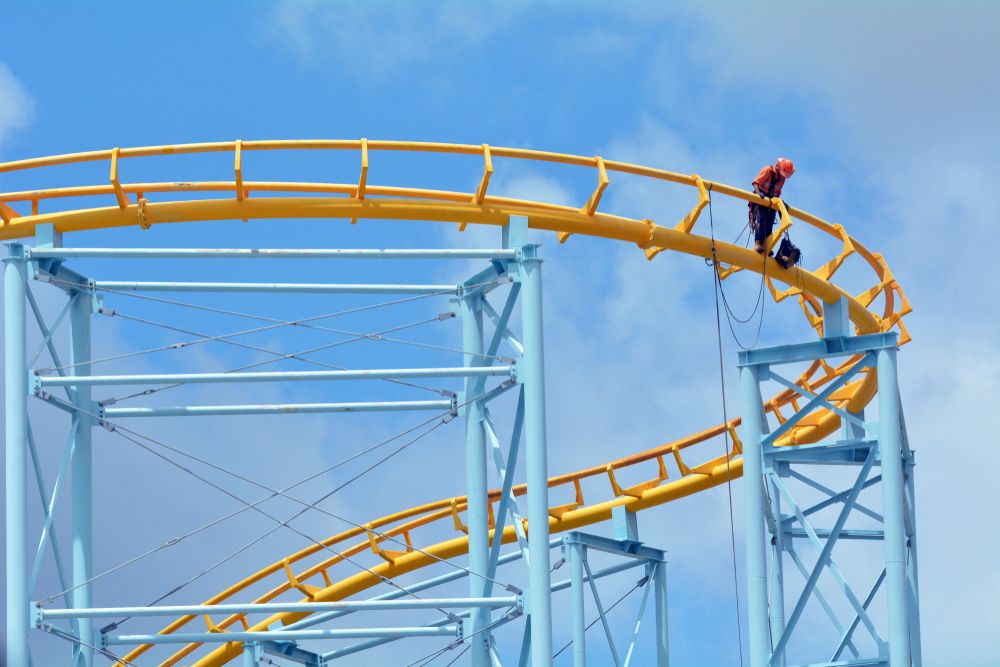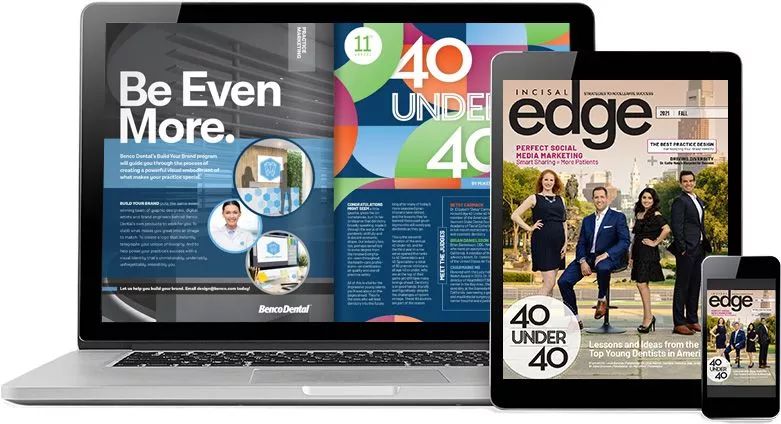Designing dental practices isn’t all that different from designing theme parks. How do I know? Because I’m one of a handful of people who have done both. The biggest similarity—and the most important consideration for practice owners—is balancing the patient experience with the needs of your team.
Granted, there’s more room for error in a theme park. (What’s the worst that can happen if the person in the Mickey Mouse costume has a bad day?) But at the same time, I don’t trivialize the mind-blowingly complex engineering and special effects it takes to dazzle millions of park visitors every year. Theme parks take their work just as seriously as doctors do, and all kidding aside, the consequences are real when a park drops the ball.
…a theme park can hide a big chunk of its complex machinations behind closed doors… Doctors and their team members don’t have that luxury. You’re on center stage every time you’re with a patient. Plus, your days aren’t predictable, and you can’t simply deliver the same ride over and over again.”
Designing a dental practice, therefore, requires much more consideration of adaptability. The true art in designing any space is striking the perfect balance between desired form and efficient functionality. That’s easier said than done, because patient and team expectations are very different. When your team is inhabiting the space, they’re viewing it primarily in terms of workflow and efficiency. Patients, on the other hand, are experiencing the journey of their visit, with many touchpoints along the way, from the welcoming area to the front desk to the operatories. That’s why theme parks emphasize the importance of story in design. Practice design gives you an opportunity to help tell your story, not merely communicate your brand. Every little detail shows how much (or how little) you believe in your practice’s story and philosophy of care.
Executing it requires embracing the patient’s perspective, just as theme parks need to sweat over what visitors experience while waiting in line for a ride. Plus, the more compellingly you express your story, the more your team members will believe in it as much as you do.”
– On Telling Your Dental Practice’s Story and Philosophy of Care
Luckily, there doesn’t have to be any design conflict between team workflow and patient experiences. Patients accept that your workflow is a necessary part of the process, just as they accept the work that back-of-house employees do to make a theme park come alive. I wish there were a few simple quick tips I could offer about reconciling the two, but the fact is, this is where an experienced health-care designer comes in. It’s not something to guess at. Specialists in health-care facility design spend every day studying proven strategies for delivering predictable patient- and team-pleasing outcomes.
You don’t need all the answers; you only need to clearly articulate your goals for patient experience and team workflow to your designer. Thinking about an overwhelming task like dental-practice design is easier if we do it in familiar terms, such as thinking of a theme park. At the end of the day, it’s your ride and your experience—just tell me what you have in mind.
KRISTINE SANDERS is an interior designer. She has a BA in theme park design from the University of California, Berkeley. She has worked in store design for Starbucks and show set design for Disney and Universal.




